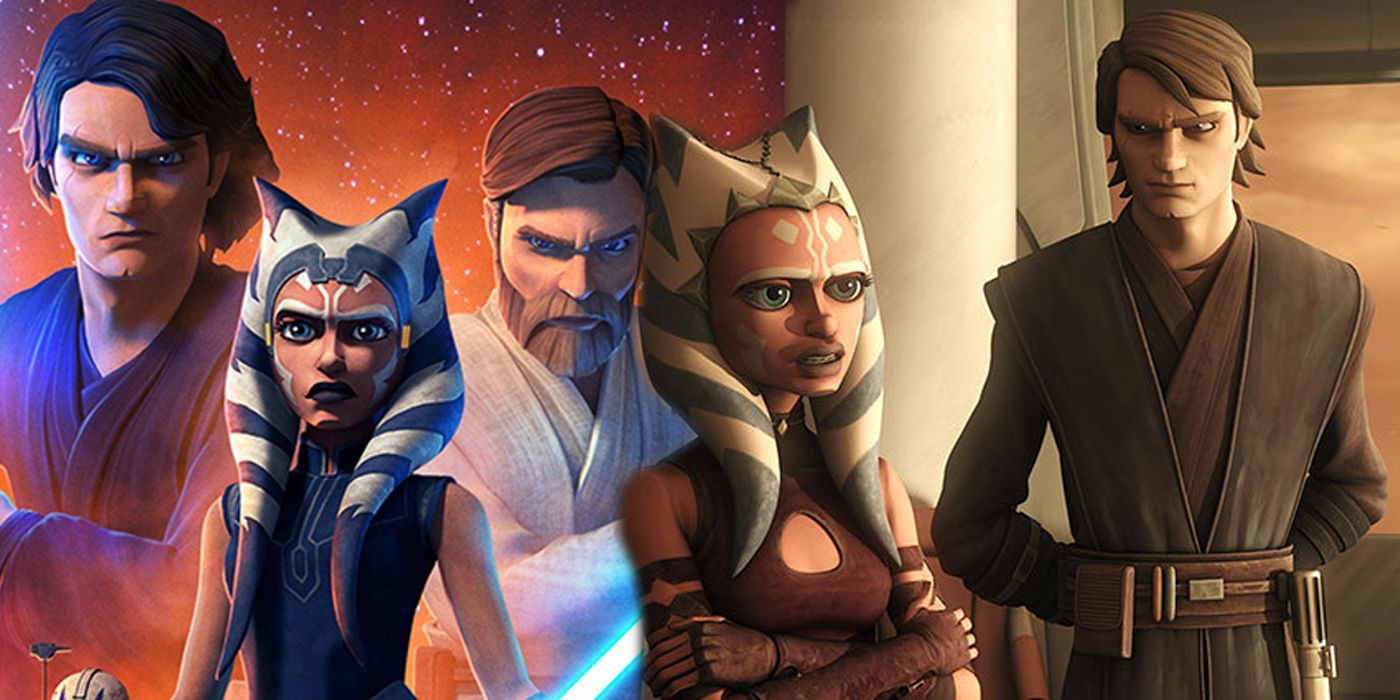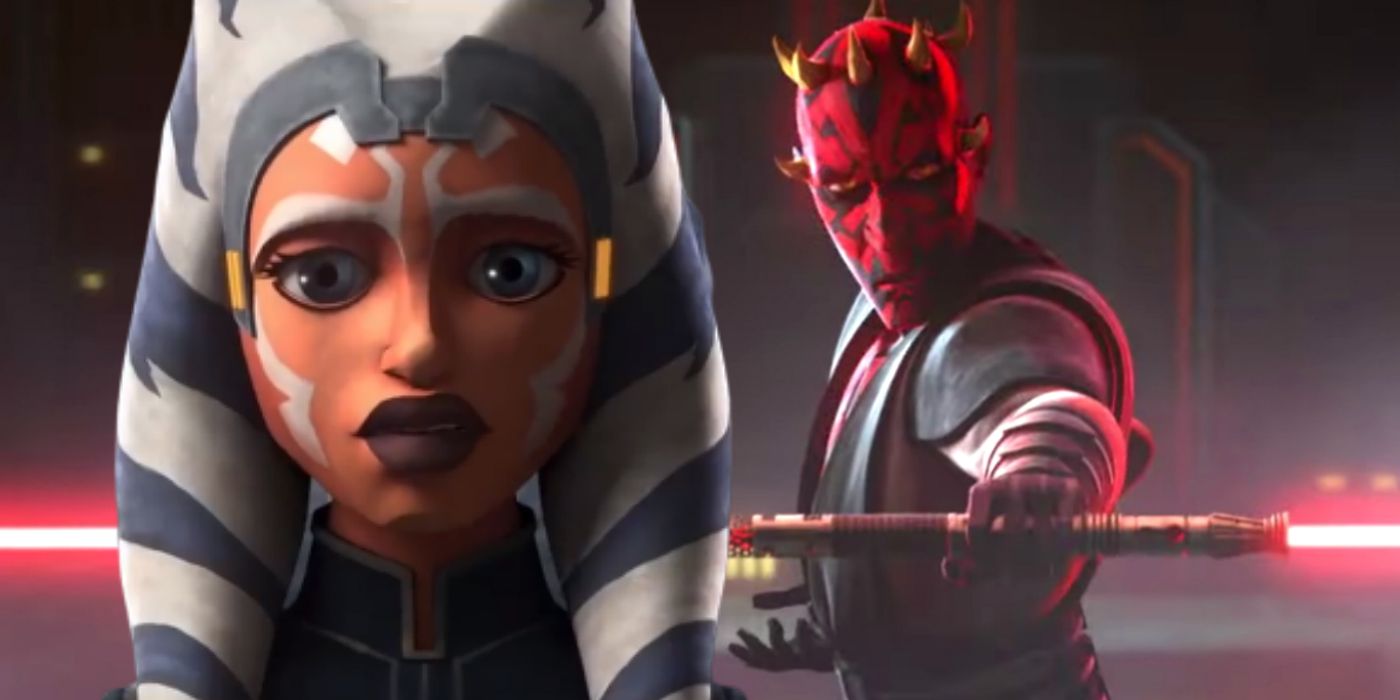Star Wars: The Clone Wars' animation style clearly differs between its third and fourth seasons. With time comes the alteration of the appearance of animated TV shows; if not for the sake of freshening the show up, then rather the sake of the program's overall visual aesthetic. This holds true even in the Star Wars universe, where The Clone Wars got something of a makeover following season 3. While the rationale as to why this change may seem fairly general, there is a little more than meets the eye in this case.
In hindsight, it is easy to see why the first few seasons of The Clone Wars appeared so rough around the edges. The animation was blocky, everything felt very stiff and the world seemed empty. Even a densely populated area like Coruscant was lifeless, as the vast majority of the characters looked almost too stylized to be believable beings. Of course, the entire visual aspect of the show was meant to appear embellished in the name of its art direction, but in this case, it was very distracting as the animation department began to cover new ground in the Star Wars universe.
Around the time of the release of season 3, series creator Dave Filoni offered up some insight into how the presentation of The Clone Wars had evolved with time. He goes on to explain that the artists had gotten closer with one another, and this experience allowed them to work cohesively in order to improve upon the previous animation design. The time they had spent together helped them to collaborate in such a way that the show could take more risks and tackle visual challenges, such as water simulation. Their combined strengths and past experiences benefited the program in the long run.
He went on to discuss how changes were made to the ability of characters to emote as well as visibly breathe in a more human way. Not to mention clothing was improved upon as well as the sharp, polygonic appearances of hair and facial features that made the characters appear far too cartoonish. These changes gave The Clone Wars more life; furthermore, the environments began to get much more detail and a "softness," as Filoni described, in order to make organic settings especially "feel lived in." Details were added and removed in the name of giving the show a more natural feel.
It was clearly for the best that The Clone Wars' animation style was tweaked over time. Not only did it aid in making the show come off more alive but it also worked as a story element. Worlds like Kamino could be done justice and characters could visibly age and mature with time. It became more palatable and showed off the dedication of the animators to the project they were working on. The Clone Wars utilized new motion capture technology that only made the show better with time. The Clone Wars picked up in its later seasons, both narratively and stylistically, thanks in large part to all of the individuals who helped bring it to life in the first place.


